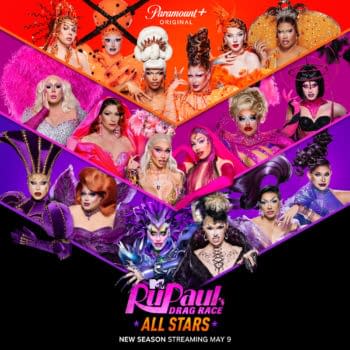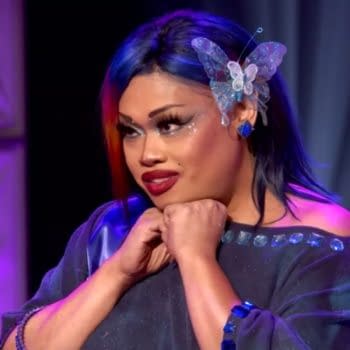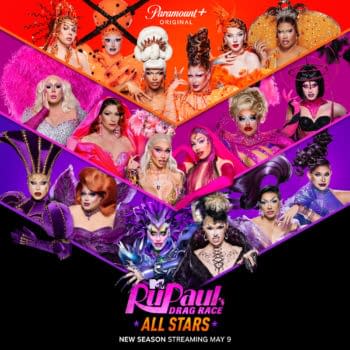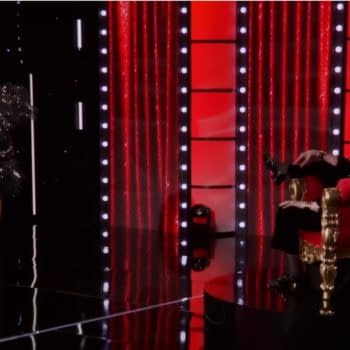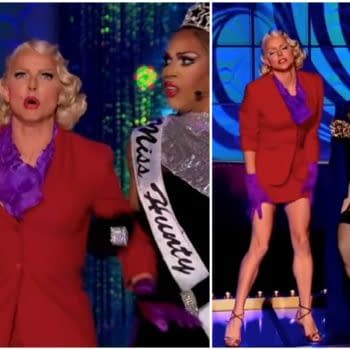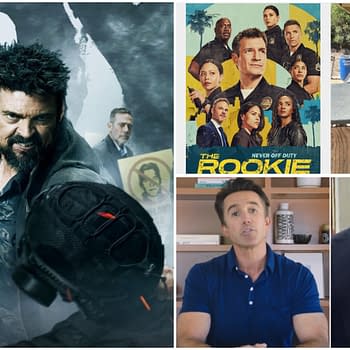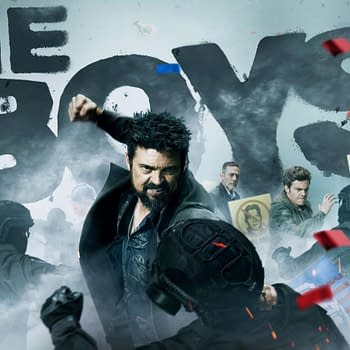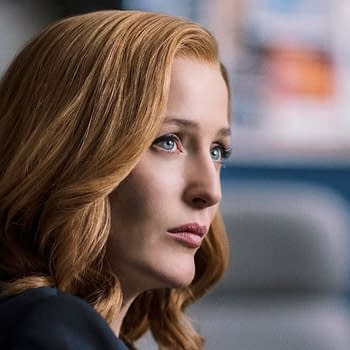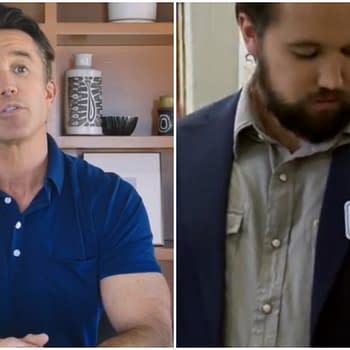Posted in: Netflix, Review, streaming, Trailer, TV | Tagged: axs tv, bleeding cool, cable, circus, netflix, pbs, Review, Ringling Bros. and Barnum & Bailey Circus: The Final Farewell, Ringling Brothers & Barnum and Bailey Circus, ringmaster, streaming, television, tents, trailer, tv
"Ringling Bros. and Barnum & Bailey Circus: The Final Farewell": An Emotional Final Curtain Call [REVIEW]
Unless you're just super not into circus, Americana, or pop culture and events, you're probably aware that circus mainstay Ringling Brothers and Barnum & Bailey Circus packed up the proverbial big top and swept up the sawdust for the last time – and AXS TV was there to document it for Ringling Bros. and Barnum & Bailey Circus: The Final Farewell. The classic circus had run for 146 years before its production company, Feld Entertainment (who is also behind Disney on Ice – that'll be important later) decided to close the show, having the final performance take place in Uniondale, NY on May 22, 2017.
Now, if you aren't versed in circus history, or your knowledge of the 'big top' is mostly taken from Carnivale, American Horror Story, and Water for Elephants – well, you may want to brush up on your circus history. Fear not! Here's a great documentary about the history of the circus – starting with an overvew:
Shot in 2017, The Final Farewell paints a detailed portrait of The Greatest Show on Earth, featuring rare footage and in-depth interviews with the producers, the performers and the creative team discussing their deep love and appreciation for Ringling Bros. and explaining the powerful impact that it has had on their lives. In the documentary, filmmakers examined the bonds forged between performers, crew and families as well as the human-animal connection.
It's a fascinating and wild ride as to how we got here, but this AXS TV documentary only goes back to the creation of the final show. What does that mean? A little context: back in the 1980's, when Irving Feld bought the rights to Ringling back from Mattel (I know – the 80's were a weird time), he decided to split the circus into two units – a red and a blue. Identical everything, except for the fact that they could cover twice as many cities. One show did the east, one the west – then they would switch. But, they're not the same show. So, how do you keep families coming back year after year to see the same circus acts? Marketing!
The red and blue units had different shows with different acts and spectacles, and this carried on right through the end. The red unit had their last performance of "Circus X-treme" earlier in the month, on May 7 in Providence, RI; but this documentary solely focuses on the blue unit's closing production, "Out of this World": the outer space circus on ice. (Remember the Disney on Ice franchise they also produce? Told you it would come into play later.)
Interspersed with behind the scenes and "making of" segments that show the building and rehearsing of the show, we see televised for the first time professionally recorded footage of the show's musical production numbers, acts, and even backstage footage as the show is happening.
Jonathan Lee Iverson, the show's youngest and first African-American ringmaster, serves as our defacto narrator and guide to what we're watching – his interview segments are well spoken, poignant, and shine a light on what life was like on the circus and what the show meant to all the people displaced by its closing.
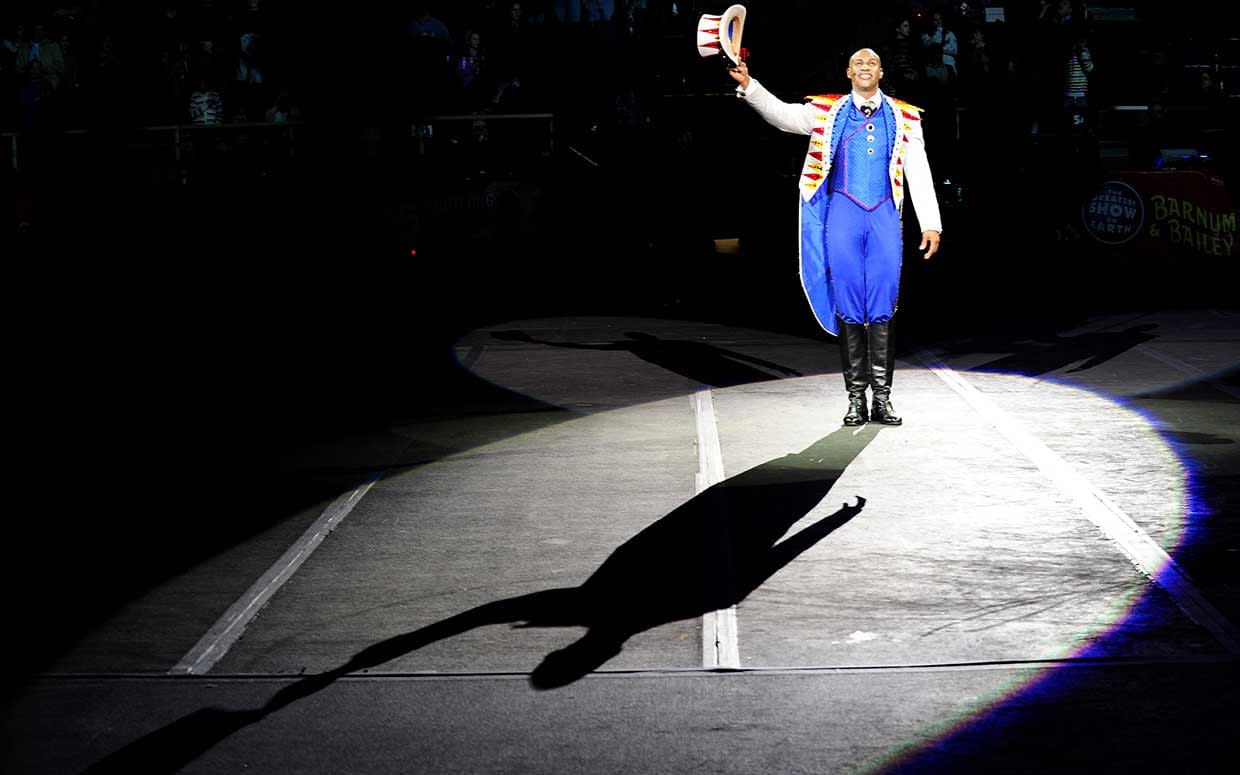
Now, this may need to be a full disclosure at the top of the article, but this feels like a good time to mention that I was one of those people: I toured with the red unit's "Built to Amaze" and "Circus X-treme". I left before the official closing was announced, but still had friends and family on both units greatly affected by the sudden closing.
Big cat trainer Alexander Lacey has a whole segment where he talks about the demands of the circus and how they cater it to the animal's needs and natural routine. He grew up in a family of big cat trainers and as such has a unique bond with each of the fourteen cats in his act – and in his final speech in the ring, he talks about conservation and husbandry, mentioning, "People are not really concerned with wildlife until they feel it and see it and enjoy it and love it as much as I do." He urges people to support good, well-run circuses and zoos and thanks Ringling for the good home they provided for him and his cats.
Continuing on with the animals and their trainers, we get heartfelt interviews the show's husband and wife animal duos. The interviews are genuine and bittersweet as we hear from Kanat and Tatiana Tchalabaev, the Cossack riders and trainers (for those not in the know, that's the Russian art of doing tricks on galloping horses), Hans and Mariya Klose, the show's dog and pig act, and both Katie and Alexander Lacy talking about their other small animal act.
Next up we hear from the headlining clown: Davis Vassallo and fellow "headlining daredevil" Paulo Dos Santos talk about their various acts and how it feels doing a little bit of everything, including the upside down act, which suspends both performers from a platform 50 feet in the air, doing various activities upside down – without any visible supports. Spoiler? Apparently, it's far more difficult than it looks!
The costumers talk about exactly what it takes to create costumes from scratch for each and every performer and how each costume is designed to withstand the wear and tear and needs of each performer and each act. We see bits of the ice acrobatics act and contortion before moving on to the trapeze act. In the final show, third generation flyer Ammed Tuniziani attempted the quad – one of the most difficult and record-breaking trapeze stunts. It entails the flyer achieving four full somersault rotations before lining up perfectly and successfully being caught by their catcher – a person waiting with open arms on another swinging trapeze. He achieved the rotations for a quad, and caught – but slipped into the net (the velocity and speed required to make the revolutions also make it incredibly difficult to catch). A great effort by a great artist in a great show.
Did you know that each piece of music is specifically written for each act in the show? They talk to the bandleader and touch on how music contributes to the show. After that, they talk about the Simet wheel – a version of the "steel wheel" or more commonly called the "Wheel of Death" – this is a tear-drop shaped revolving wheel with a one inch diameter beam as a walking surface; it's like a mix of wire walking and steel wheel specifically designed by performer Laszlo Simet (hence the name) for the show.
The King Charles Troupe is next – they were the first African-American act to be signed to Ringling Brothers – and the first to integrate the show in 1969. The all black unicycle basketball troupe (yes, you read that right. They're like the Harlem Globetrotters…on unicycles) is the longest running act on the show.
From unicycles we pivot to another mode of transportation: the motorcycle globe, or again, as you may know it as, the "globe of death". (Because apparently everything sounds more extreme if you add "death" to the end of it.) Daniel Eguino of The Torres family riders talks about superstition and staying safe in the act – it's a big thing on the circus, and especially in acts where death is a single misstep or a turn of the back or inches away.
At the end, the Feld family talks about the decision to close the show – how the landscape of the modern circus market is changing, and they wanted "The Greatest Show on Earth" to close as "The Greatest Show on Earth" as opposed to slowly dying and withering away. The performers all chime in with what closing down the show means to them – it's an overwhelming sentiment as we see the final finale of the final Ringling Brothers and Barnum & Bailey Circus.
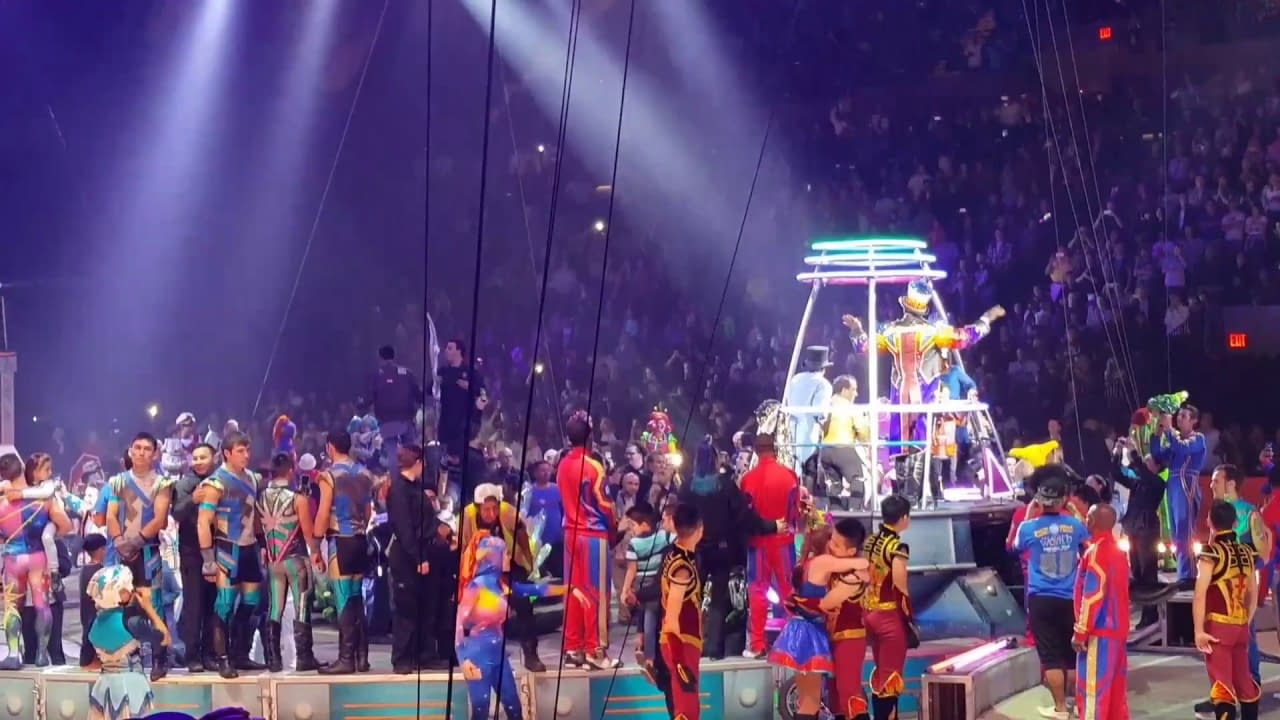
Watching all of the performers, the people, talk about losing their life, their livelihood, and for some of them the only life they've ever know or the one they've known for decades – it's rough. It is heartwrenching to watch, especially if you can sympathize with that feeling of losing a lifestyle, friends, and family all in one "Feld" swoop. This documentary shines light on the thrills, highs, and struggles of living on the last circus train. It chronicles a slice of Americana that is now dead and buried – and the landscape will not be the same going forward, for ill or for gain.
"I thought the circus was antiquated," quips ringmaster Jonathan Lee Iverson in the final finale. "You mean you love the circus?" He asks to a packed arena who erupts in a response of wild cheers. "No, no! I thought the circus was old news! You love the circus?!"
On the circus, we have a number of traditions – one of which is at the final closing of a show's run, we sing it to sleep with Auld Lang Syne. With family by their sides and bittersweet sorrow in their hearts, the performers, crew, and creatives of Ringling Brothers and Barnum & Bailey's 146th edition: Out of this World sing together for the last time as the camera shows all of the emotion from the audience as well as everyone in the three rings.
"Keep the circus alive inside you" are Iverson's final words as the credits roll, and I can't think of a more fitting final sentiment for a documentary about the last days of a great American institution and cultural enclave.



